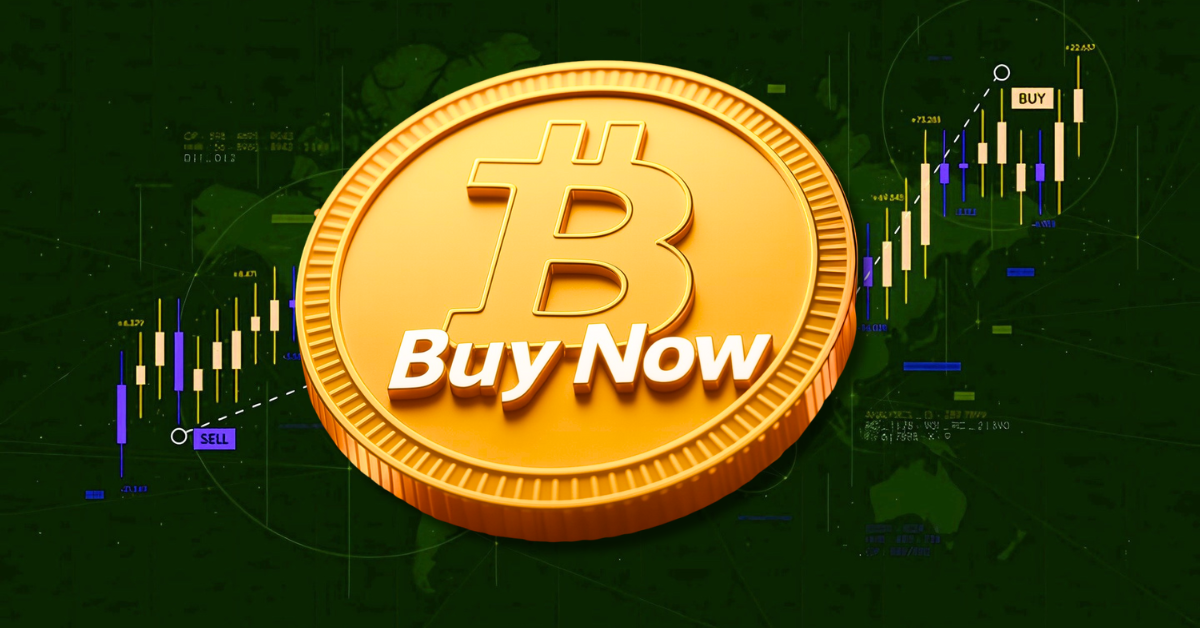The year 2025 has brought an unprecedented level of volatility to the cryptocurrency market, with Bitcoin at the center of a financial and political storm. The clash between former President Donald Trump and Federal Reserve Chair Jerome Powell has created a unique dynamic that has significantly influenced Bitcoin’s price trajectory. This tug-of-war between political pressure and central bank independence has turned Bitcoin into a reactive asset, subject to the whims of political rhetoric and monetary policy decisions.
At the heart of this drama is the fundamental disagreement between Trump and Powell over the appropriate path for monetary policy. Trump, known for his aggressive stance on economic growth, has consistently pushed for lower interest rates to stimulate the economy and boost asset prices. Powell, however, has maintained a more cautious approach, prioritizing long-term economic stability over short-term gains. This divergence in philosophy has created a climate of uncertainty that has rippled through financial markets, including the cryptocurrency space.
Bitcoin, often perceived as an uncorrelated asset, has increasingly shown a reactive pattern to the Trump-Powell saga. The crypto world has observed that any perceived threat to Powell’s position often leads to a surge in Bitcoin’s price. This reaction can be attributed to several key factors.
First, Trump’s attacks on Powell and the resulting speculation about potential Fed leadership changes have frequently weakened the US dollar. Investors, wary of a devalued dollar, seek alternative stores of value, and Bitcoin emerges as a prime candidate. The Dollar Index (DXY) has, at times, plummeted to multi-year lows amid this turmoil, correlating with Bitcoin’s upward trajectory. For instance, in April 2025, Bitcoin hovered around $85,000 as Trump’s criticism of Powell intensified. By July, the price had surged to $107,000, fueled by continued political tensions and speculation about Powell’s future.
Second, lower interest rates, while potentially stimulating growth, can also lead to inflation. Bitcoin, with its limited supply of 21 million coins, is often viewed as a hedge against inflation. As Trump pushes for lower rates, and concerns about inflation rise, investors flock to Bitcoin as a safeguard. This inflation hedge narrative has gained traction, particularly among those who are skeptical of traditional financial systems and government-controlled currencies.
Third, political and economic uncertainty tends to drive investors towards safe-haven assets. Gold has traditionally been the go-to safe haven, but Bitcoin is increasingly being viewed as a digital alternative. The Trump-Powell conflict creates a climate of uncertainty, bolstering Bitcoin’s safe-haven appeal. The decentralized nature of Bitcoin, independent of government control, appeals to those who are wary of political interference in monetary policy. Trump’s attempts to influence the Fed reinforce the value proposition of Bitcoin as an alternative financial system.
Beyond the immediate political drama, other factors are also influencing Bitcoin’s price. Institutional adoption has played a significant role in supporting Bitcoin’s price. The launch of Bitcoin ETFs has attracted substantial investment, indicating a growing mainstream acceptance of cryptocurrency as a legitimate asset class. While there have been occasional outflows, the overall trend points to increased institutional interest.
Technological advancements in blockchain technology, such as the Lightning Network, have also contributed to Bitcoin’s long-term potential. The Lightning Network aims to improve Bitcoin’s scalability, making it more suitable for everyday transactions and further solidifying its position in the financial ecosystem.
Global economic conditions, such as trade tensions between the US and China, and the monetary policies of other central banks, also influence Bitcoin’s price. The divergent trends between US and European Central Bank (ECB) policies, for instance, can impact the dollar’s strength and, consequently, Bitcoin’s near-term price direction. These broader economic trends add another layer of complexity to Bitcoin’s price movements.
Looking ahead, several scenarios could unfold based on the Trump-Powell dynamic. If Trump succeeds in replacing Powell with a more dovish Fed chair, we could see a period of aggressive rate cuts, a weaker dollar, and a potential surge in Bitcoin’s price. However, this scenario also carries the risk of inflation and economic instability. On the other hand, if Powell manages to weather the political storm and maintain his independence, we could see a period of relative stability in the markets, with Bitcoin’s price potentially stabilizing as well. Continued political pressure could still create volatility, but a more predictable monetary policy environment might benefit Bitcoin in the long run.
Regardless of who leads the Fed, a growing understanding and acceptance of cryptocurrency among policymakers could lead to a more favorable regulatory environment for Bitcoin. This could potentially boost its long-term prospects and further integrate it into the global financial system.
In conclusion, the intersection of politics and cryptocurrency is reshaping the financial landscape. The Trump-Powell saga serves as a stark reminder of the interconnectedness of traditional finance and the digital asset world. While Bitcoin’s price may be subject to short-term volatility driven by political events, its long-term potential remains compelling. As the world grapples with issues such as inflation, currency devaluation, and government control, Bitcoin offers a compelling alternative, a glimpse into a potentially more decentralized and resilient financial future. Whether Bitcoin will ultimately fulfill its promise as a digital gold remains to be seen, but one thing is clear: it has become an undeniable force in the global financial system, and its journey is far from over. The ongoing political and economic dynamics will continue to shape Bitcoin’s trajectory, making it a fascinating asset to watch in the years to come.

